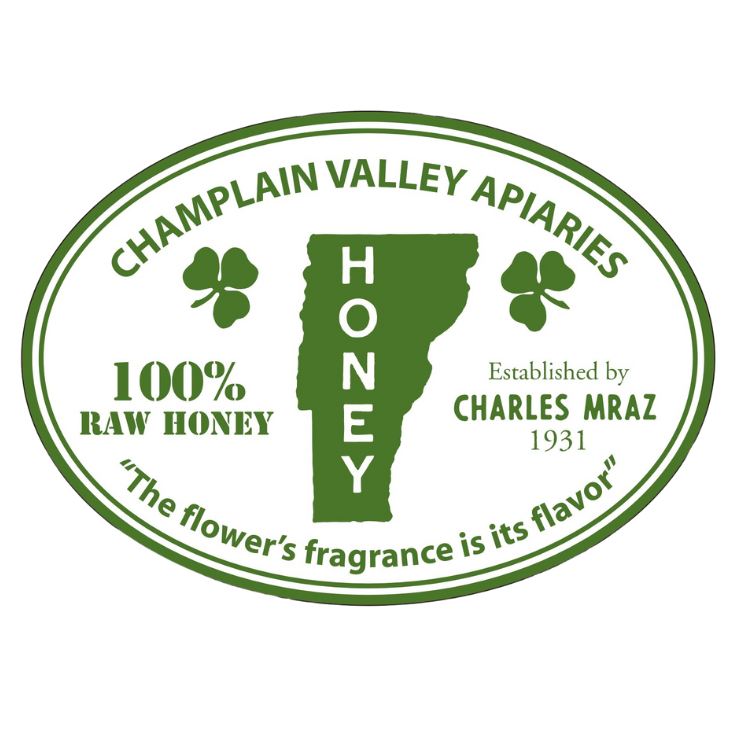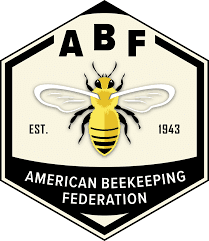
International Specialty Honeys
🌿 What Is Specialty Honey?
Specialty honeys are monofloral, meaning bees primarily gather nectar from a single type of flower. These honeys are often highly prized for their unique flavors, textures, and even health properties, which are directly influenced by the floral source, region, and climate. The best-known specialty honeys are often rare, harvested under specific conditions, and can command premium prices.
Let's take a closer look at four standout varieties from around the world: Manuka honey, Heather honey, Eucalyptus honey, and Sidr Honey.
🐝 Manuka Honey: The Medicinal Marvel
Origin: New Zealand (and parts of Australia)
Floral Source: Leptospermum scoparium, or Manuka bush
Why It’s Special:
Manuka honey has gained international fame for its antibacterial and anti-inflammatory properties. What sets it apart is the presence of methylglyoxal (MGO), a compound found in high concentrations only in Manuka honey. Scientific studies have shown Manuka honey’s effectiveness in wound healing, fighting infections, and soothing sore throats.
Taste Profile:
-
Earthy and slightly bitter
-
Complex with mineral-rich undertones
-
Thick, almost gritty texture
Tip:
Look for the UMF (Unique Manuka Factor) or MGO rating on the jar to ensure authenticity and potency. The higher the number, the stronger the medicinal qualities.

🌾 Heather Honey: Scotland’s Wildflower Treasure
Origin: Scotland, Ireland, and parts of northern Europe
Floral Source: Calluna vulgaris, or Ling heather
Why It’s Special:
Heather honey is a bold and distinctive monofloral honey, harvested from bees that forage late-summer heather moorlands. It’s so thick and jelly-like that beekeepers often need specialized equipment just to extract it. Often called the “Rolls-Royce of honeys,” it’s celebrated in the UK for its rich character and strong medicinal properties.
Taste Profile:
-
Pungent and aromatic
-
Bitter-sweet with floral and earthy undertones
-
Thick, gelatinous texture with a slight granulation
Medicinal Reputation:
Rich in antioxidants and anti-inflammatory compounds, Heather honey has long been used to support immune health and digestive wellness. Its high protein and mineral content also sets it apart nutritionally.
Tip:
Look for "Ling Heather honey" on the label, not to be confused with “Tree Heather,” which is different. Genuine Scottish Heather honey often has a reddish tint and jelly-like consistency.

🌿 Eucalyptus Honey: Australia’s Herbal Sweetheart
Origin: Australia, Spain, South Africa, and parts of South America
Floral Source: Various species of Eucalyptus trees
Why It’s Special:
Eucalyptus honey is beloved for its distinct herbal, almost menthol-like aroma, which reflects the strong personality of its parent tree. With hundreds of Eucalyptus species, the honey’s flavor can vary depending on region, but it’s almost always bold and aromatic. It’s a staple in Australian kitchens and medicine cabinets alike.
Taste Profile:
-
Warm, woody, and slightly medicinal
-
Notes of menthol, caramel, and herbs
-
Medium-dark amber color with a smooth, thick consistency
Medicinal Reputation:
Traditionally used to soothe coughs, colds, and respiratory discomfort, eucalyptus honey is thought to help clear sinuses and ease inflammation. Its natural antibacterial qualities also make it a favorite for home remedies.
Tip:
If you enjoy honey that tastes as bold as it smells, Eucalyptus honey is a perfect choice for drizzling into herbal teas or as a sweet complement to strong cheeses.

🌳 Sidr Honey: The Ancient Elixir of Yemen
Origin: Yemen (primarily the Hadhramaut region)
Floral Source: Ziziphus spina-christi, or Sidr tree
Why It’s Special:
Sidr honey is considered one of the most luxurious and medicinal honeys in the world, often dubbed the "liquid gold" of Yemen. Sourced from bees that forage the ancient and sacred Sidr trees—mentioned in religious texts and steeped in centuries of tradition—this honey is harvested using traditional, chemical-free methods. Its rarity, purity, and potent antibacterial properties have made it highly sought after for both culinary and healing uses.
Taste Profile:
-
Rich and buttery
-
Hints of caramel, spice, and date-like sweetness
-
Dense and velvety texture
Medicinal Reputation:
Sidr honey has been used for generations in Middle Eastern and South Asian cultures to treat wounds, digestive issues, infections, and even infertility. It's prized in natural medicine circles for its antioxidant, anti-inflammatory, and immune-boosting properties.
Tip:
Authentic Yemeni Sidr honey is expensive and often counterfeited. Look for unprocessed, raw honey sold by reputable sources, ideally with verifiable origin documentation.

Conclusions
Specialty honeys are more than just sweeteners—they're edible snapshots of ecosystems. Every spoonful tells a story of season, soil, flower, and bee. While we may not produce honeys from a singular kind of flower, our wildflower honey is similar in that it maintains a consistent flavor profile unique to Champlain Valley. Give it a try!







